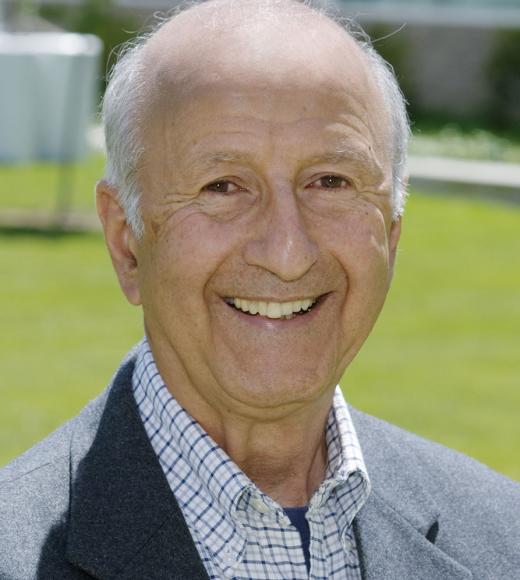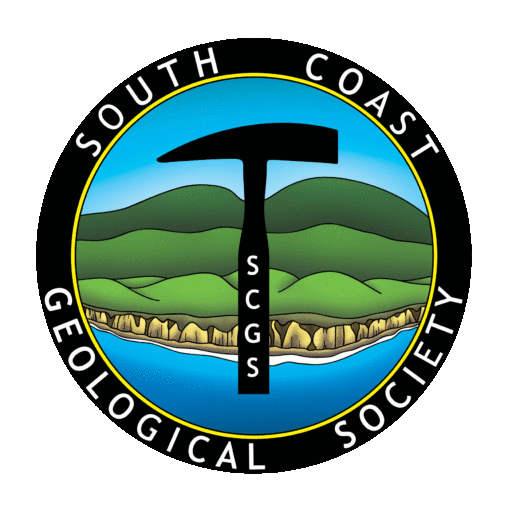Upcoming Meetings
SOLD OUT!
South Coast Geological Society (SCGS) invites you to attend our August 2024 meeting and lecture! We are excited to host Dr. Roy Shlemon present his talk: Locating Active (Holocene) Faults in the City of Beverly Hills, California (USA).
Meeting Location:
Dave & Buster’s
20 City Boulevard West
Orange, CA 92868
Meeting Cost:
Members $50
Non-members $55
Students $20
Next Meeting

Speaker: Dr. Roy Shlemon
Topic: Locating Active (Holocene) Faults in the City of Beverly Hills, California (USA)
When: Monday, August 5 (6:00PM-9:00PM)
Abstract:
The Santa Monica fault zone (SMFZ) extends across much of the densely populated City of Beverly Hills in southern California. State and local agencies require that active (Holocene) splays of the SMFZ be located and avoided (structural setbacks) prior to new construction. Accordingly, based on interpretation of ~80-100 m deep continuous cores, on arrays of cone-penetrometer tests (CPT), on limited geophysical data, on local street trenching, and on downhole logging of up to 15-m deep, overlapping bucket-auger holes, the ~300-m wide SMFZ is now documented to impact at least several famous, multi-million-dollar commercial structures in the “heart” of the Beverly Hills business district (Rodeo Drive). Subsurface sediment correlation is typically deduced from interpretation of 3-m centered continuous cores and cone penetrometer test (CPT) soundings. Sediment age is preferably based on multiple radiocarbon or OSL (optically stimulated luminescence) dates; but, in the common absence of such, soil-stratigraphic dating techniques are generally used.
Vertical fault displacement of a few cm may not be recognized owing to lack of slickensides on near-surface sediments and to 0.5-1.0 m-deep local channel incision. Where logistically feasible trenches may be excavated beneath existing structures in order to expose and measure possible fault offset and sediment age. The depth to the local Pleistocene/Holocene boundary varies, but – based mainly on radiocarbon and soil-stratigraphic dating – locally occurs between ~ 6-8 m, typically too deep for urban trench exposure. Increasingly, therefore, consultants drill 20-30, overlapping, 0.8 m diameter bucket-auger holes, which, when cleaned and logged, emulate trench walls. Such drilling is particularly expensive in cities and is typically done at night to reduce disruption to traffic and commercial activities. Coupled with difficulties of locating and avoiding unmarked utility lines and with required State and City technical reviews and permits, investigating the possible presence and impact of active faults on a single Beverly Hills commercial building may take over a year and exceed a million dollars.
Speaker Bio:
Roy J. Shlemon has been a consulting geologist for the past ~65 years. He resides in Newport Beach, and focuses mainly on application of geomorphology, Quaternary geology and soil stratigraphy to engineering practice. Dr. Shlemon received his doctorate from the University of California at Berkeley and was on the faculty of the University of California at Davis and the Louisiana State University in Baton Rouge. He has also lectured and given short courses Stanford, UCLA and various California State Universities. Dr. Shlemon is also an active member of a myriad of academic and professional organizations including the South Coast Geological Society. His specialty practice has taken him around the world as a consultant and technical advisor for geoarchaeological investigations, for fault-activity and mass-movement assessments, for related engineering-geological applications for construction of large dams, nuclear power and related waste facilities, and for residential and commercial developments. He has also serves as a technical consultant and expert witness for legal entities; and as a Technical Reviewer/Advisor for federal and local government agencies.
